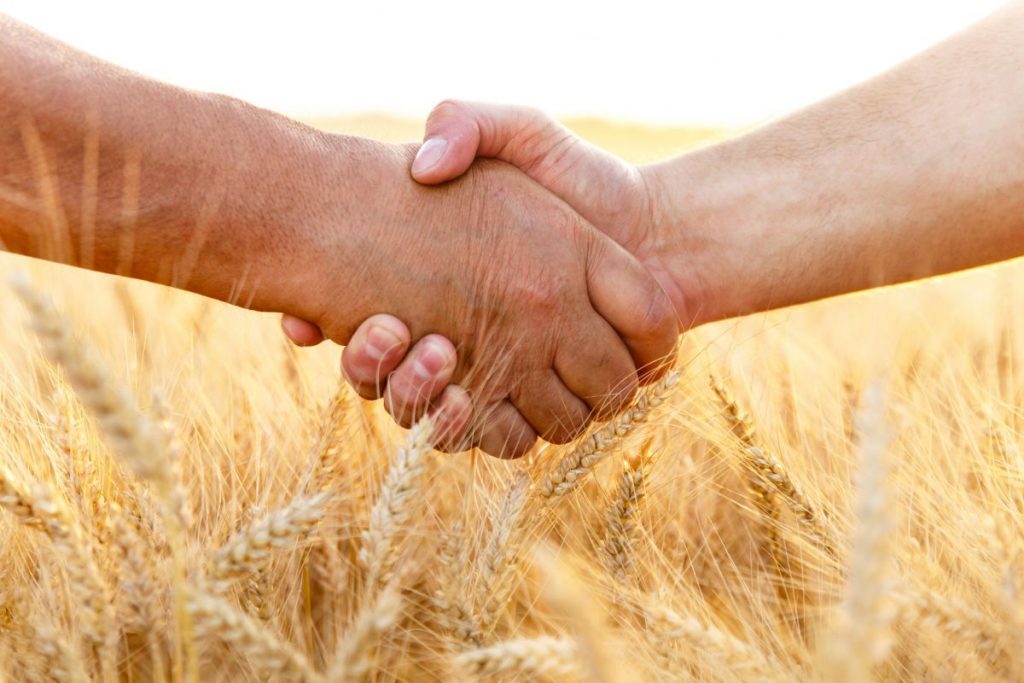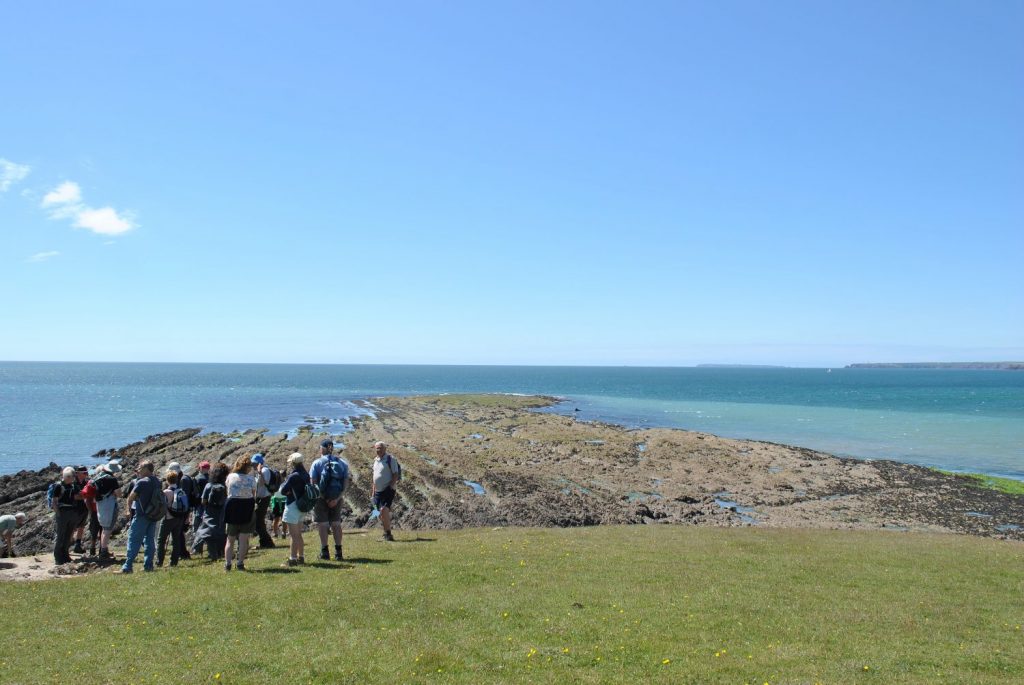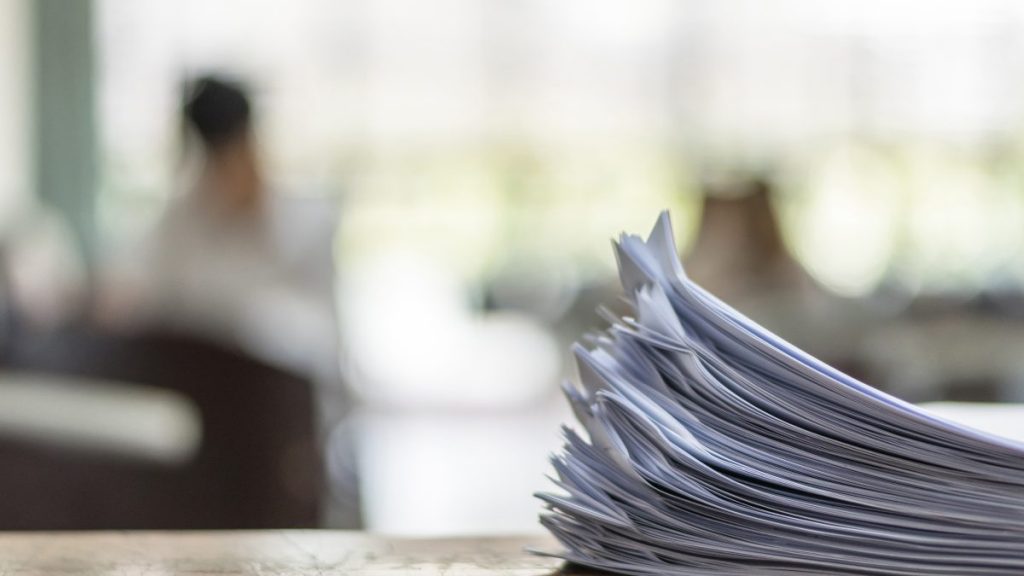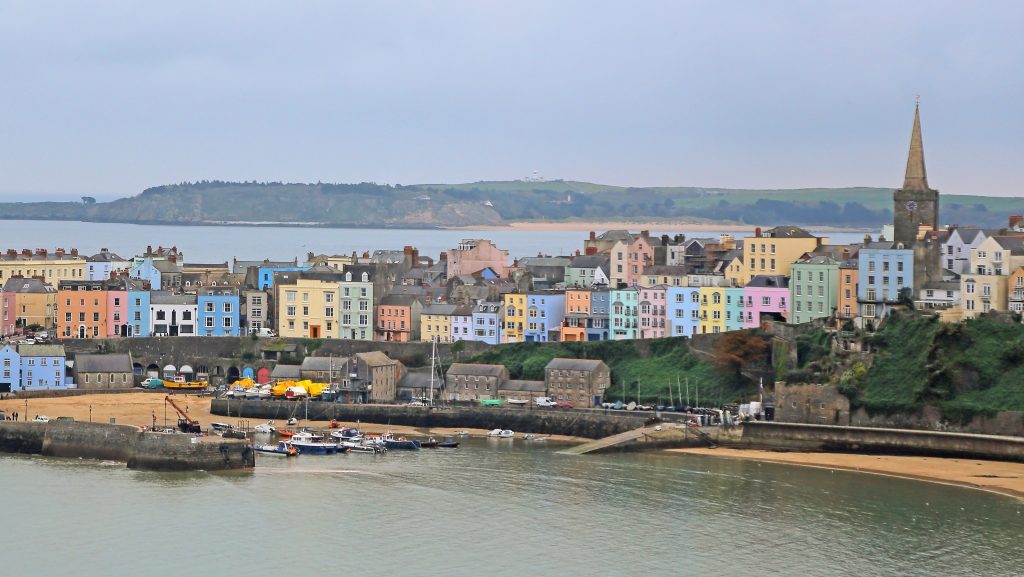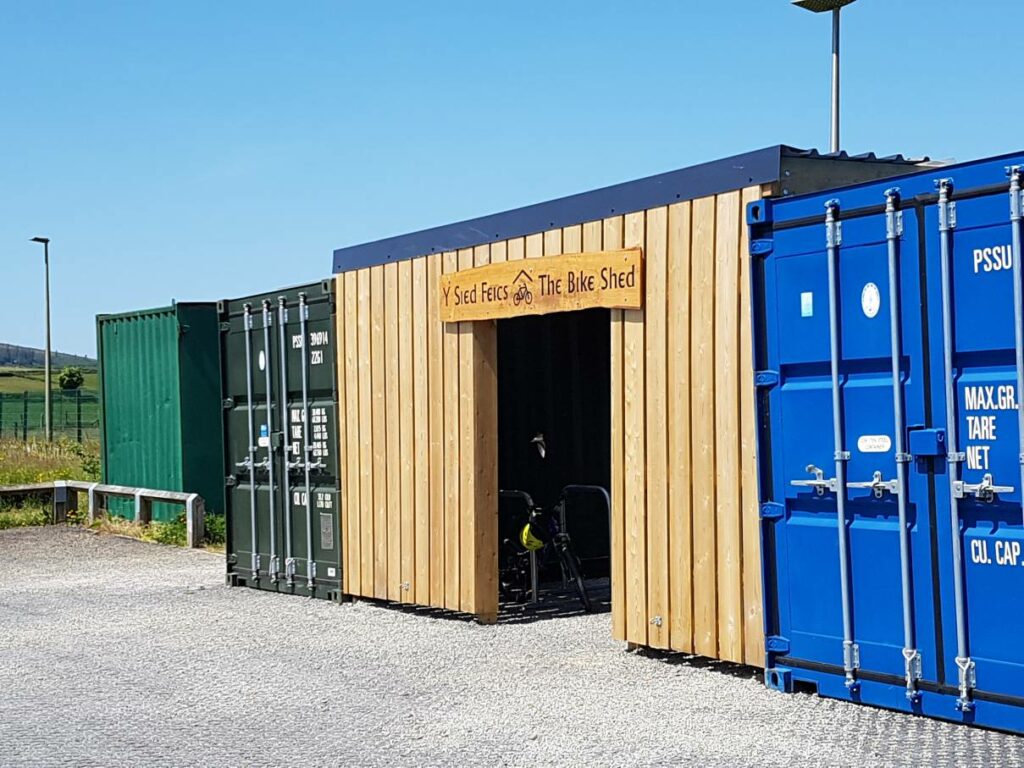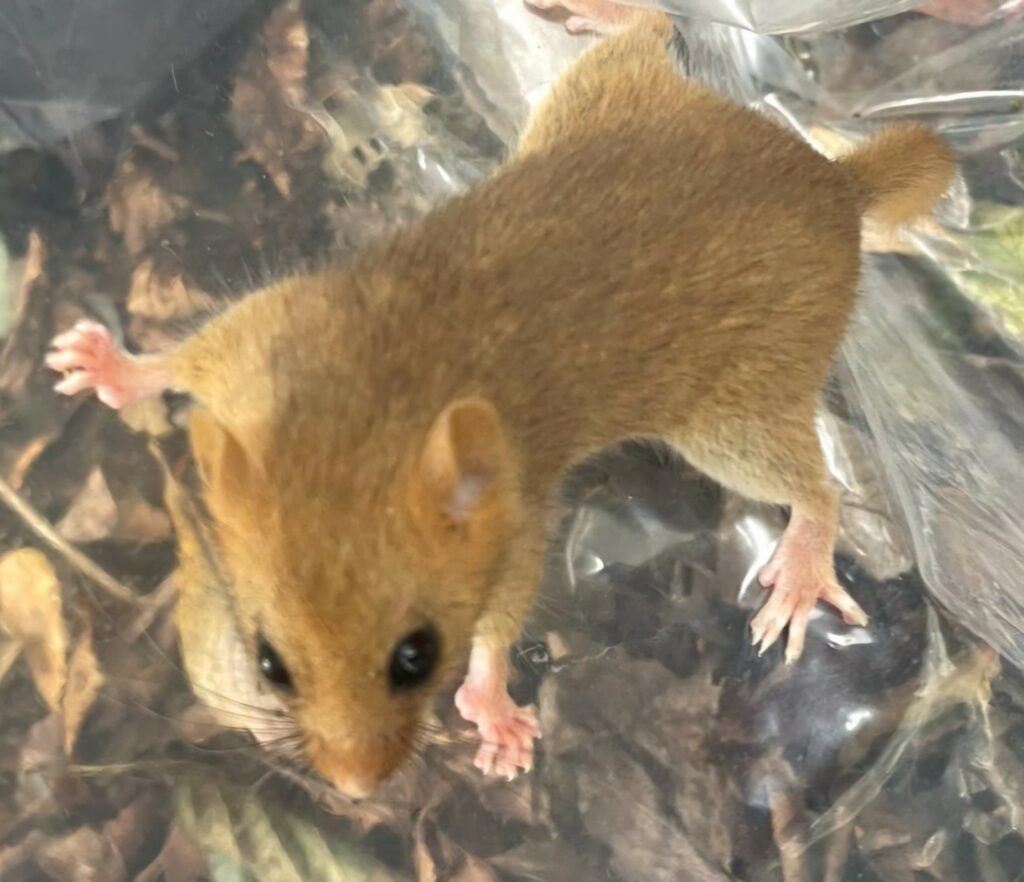Discover. Explore. Life is outside.
From miles of dazzling coastline to the wilds of the Preseli Hills, beautiful countryside and thriving wildlife make the Pembrokeshire Coast National Park one of the country’s top places to visit. The Pembrokeshire Coast Path twists and turns along 186 miles of the most mind-blowing coastline in Britain - from rugged clifftops to wide-open beaches and winding estuaries. From relaxing strolls and star gazing to high-octane hobbies like surfing and coasteering, you can find your happy place on the Pembrokeshire Coast. Set off on a voyage of discovery and seek out the scenery, sands and rare species that make this corner of West Wales so spectacular!
